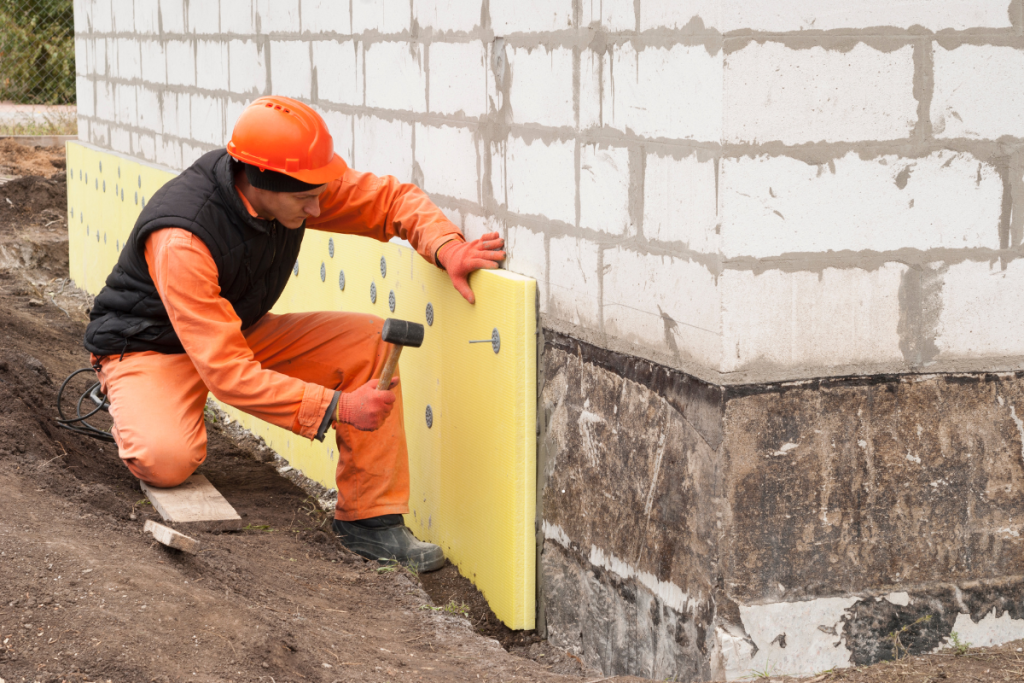Introduction to Thermal Insulation Estimating:
Thermal insulation estimating is a crucial process in the construction and renovation of buildings. It involves determining the amount and cost of materials needed to effectively insulate a building, ensuring optimal energy efficiency and comfort. This detailed guide will explore the key aspects of thermal insulation estimating, including its importance, methodologies, and best practices.
What is Thermal Insulation Estimating?
Thermal insulation estimating is the process of calculating the quantity and cost of insulation materials required for a construction project. This involves assessing the thermal performance of various insulation options and determining their suitability based on factors such as the building’s design, climate, and energy efficiency goals. Accurate estimating helps in budgeting, procurement, and ensuring that the insulation installation meets the required standards.
The Importance of Thermal Insulation
Effective thermal insulation is essential for several reasons:
- Energy Efficiency: Proper insulation reduces heat loss in winter and heat gain in summer, leading to lower energy consumption for heating and cooling. This translates to reduced utility bills and a smaller carbon footprint.
- Comfort: Insulation helps maintain a consistent indoor temperature, enhancing occupant comfort by preventing drafts and temperature fluctuations.
- Building Longevity: Insulation protects building materials from extreme temperatures and moisture, reducing the risk of damage and prolonging the lifespan of the structure.
- Regulatory Compliance: Many building codes and regulations require specific levels of insulation to ensure energy efficiency and safety. Accurate estimating helps meet these standards and avoid costly penalties.
Key Components of Thermal Insulation Estimating
- Project Scope and Requirements: The first step in thermal insulation estimating is understanding the project scope. This includes the type of building (residential, commercial, industrial), the insulation requirements based on local climate, and any specific energy efficiency goals or building codes that must be met.
- Measurement and Calculation: Accurate measurement of the areas to be insulated is crucial. This involves calculating the surface area of walls, roofs, floors, and other components that require insulation. The measurements should account for any obstructions such as windows, doors, and structural elements.
- Selection of Insulation Materials: There are various types of insulation materials available, each with different thermal properties and costs. Common options include fiberglass batts, foam boards, spray foam, and cellulose. The choice of material depends on factors such as thermal resistance (R-value), moisture resistance, and installation method.
- Cost Estimation: Once the materials and quantities are determined, the next step is to estimate the cost. This includes the cost of insulation materials, labor for installation, and any additional expenses such as equipment rental or disposal of waste materials. It is also important to consider any potential cost variations due to changes in material prices or project scope.
- Energy Modelling: Advanced estimating may involve energy modeling to predict the performance of different insulation options. This involves using software tools to simulate the building’s energy use and assess the impact of various insulation materials on overall energy efficiency.
- Quality Control: Ensuring the quality of insulation installation is critical for achieving the desired thermal performance. Quality control measures include verifying that insulation materials are installed according to manufacturer guidelines and building codes, and conducting inspections to check for gaps, compression, or other issues.
Best Practices for Thermal Insulation Estimating
- Detailed Assessment: Conduct a thorough assessment of the building’s design, climate, and energy requirements. This helps in selecting the most suitable insulation materials and methods.
- Accurate Measurements: Take precise measurements of all areas to be insulated to ensure that the quantity of materials is accurately estimated.
- Material Selection: Choose insulation materials based on their R-value, moisture resistance, and suitability for the specific application. Consider factors such as ease of installation and long-term performance.
- Budgeting: Prepare a detailed budget that includes all costs associated with insulation, including materials, labor, and any additional expenses. Allow for contingencies to account for any unforeseen costs.
- Compliance: Ensure that the insulation meets all relevant building codes and regulations. This helps in achieving regulatory compliance and avoiding potential issues during inspections.
- Continuous Improvement: Stay updated with advancements in insulation technology and best practices. This helps in improving the accuracy of estimating and ensuring that the latest and most efficient insulation methods are used.
Challenges in Thermal Insulation Estimating
Thermal insulation estimating can present several challenges:
- Variability in Material Costs: The cost of insulation materials can fluctuate due to market conditions, affecting the accuracy of cost estimates.
- Complex Building Designs: Complex building designs with numerous angles, curves, and obstructions can make accurate measurement and estimation more difficult.
- Changing Regulations: Building codes and energy efficiency regulations may change, requiring updates to insulation requirements and estimating practices.
- Installation Issues: Variations in installation quality can impact the performance of insulation, making it important to ensure that installers adhere to best practices and guidelines.
Thermal insulation estimating is a vital aspect of construction and renovation projects, impacting energy efficiency, comfort, and overall building performance. By understanding the key components, best practices, and challenges associated with thermal insulation estimating, professionals can ensure accurate and effective insulation solutions. With careful planning and execution, thermal insulation estimating can contribute significantly to achieving energy efficiency goals and enhancing the sustainability of building projects.
Are you looking for the best estimating services in USA?
Look no further than “https://zionestimating.com”
They are offering top-notch services like;
- Construction/cost estimation
- Budget planning
- Material takeoff
- Equipment estimation
and further more!!!
Here are some more information for your convenience:
Phone no. : +1 718-427-9941 || +1 562-383-6177
Email: [email protected]
Visit their blogs and site
https://zionestimating.com for the latest updates and service tips!
